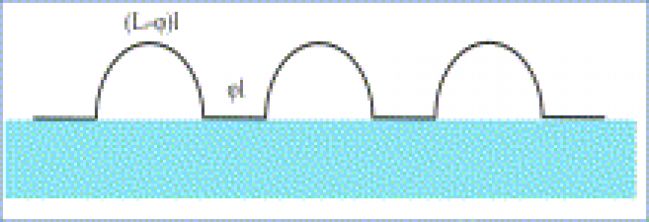Graphene resting on substrate: closed form solutions for the perfect bonding and the delamination case
Sfyris D., Androulidakis C., Galiotis C., International Journal of Solids and Structures, 71:219-232 (2015).
We study closed form solutions for the perfect bonding and the delamination case for a monolayer graphene sheet resting on an elastic foundation. The theoretical framework we adopt is restricted to the materially and geometrically linear case. Graphene is modeled as a hexagonal 2-lattice, while the substrate is assumed to behave in an isotropic linearly elastic manner. Initially, we ignore out-of-surface motions and study the case of biaxial tension/compression and simple shear. We find the components of the shift vector by solving the equations ruling the shift vector. We then substitute this expression for the shift vector components to the momentum equation.
This way we obtain conditions that the field of the internal strains, the strain constants and the material parameters should satisfy in order biaxial tension/compression and simple shear to be solutions for all equilibrium equations. For the particular case of axial strain and for the simple shear case we plot the mean stress components versus strain for three different substrates. Then, we take into account out-of-surface motions. We assume the out-of-surface displacement to be the product of a wave-like function and an unknown function, which we determine under certain conditions.
These conditions are constraints that the field of the internal strains, the strain constant and the material characteristics of the substrate and graphene should satisfy in order the equilibrium equations to be satisfied. These cases pertain to the perfect bonding case. Distinguishing film’s displacement from the bulk (substrate) displacement we study the case where delamination occur. We again use a semi-inverse method: we assume film’s displacement to be the product of a wave-like function with an unknown function. The bulk’s displacement is assumed to be different from the one of the film, in areas of delamination. We determine the unknown function present in the displacement of the film, by requiring the momentum equations to be satisfied.
